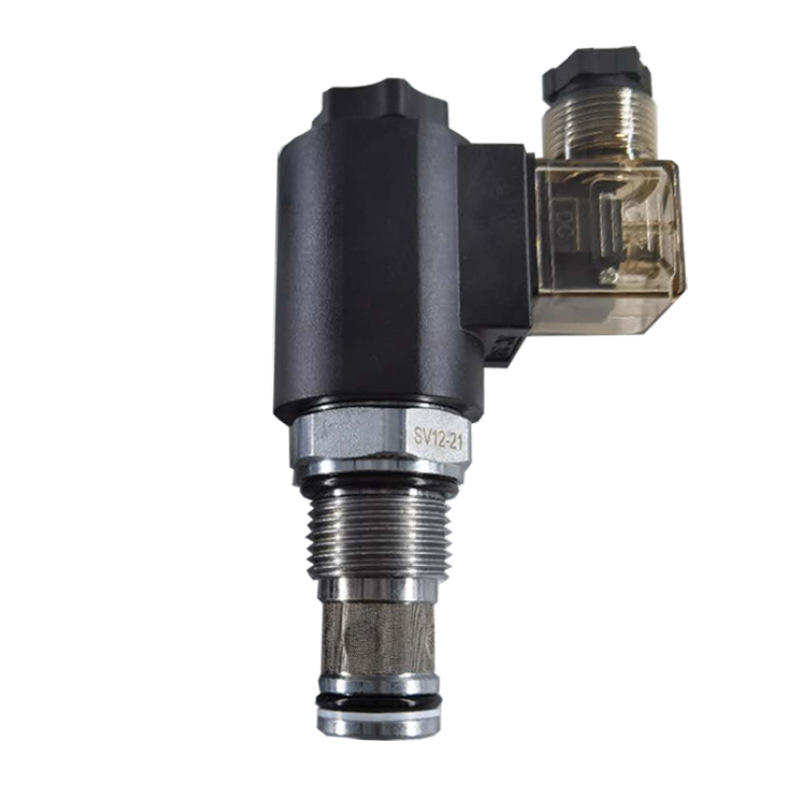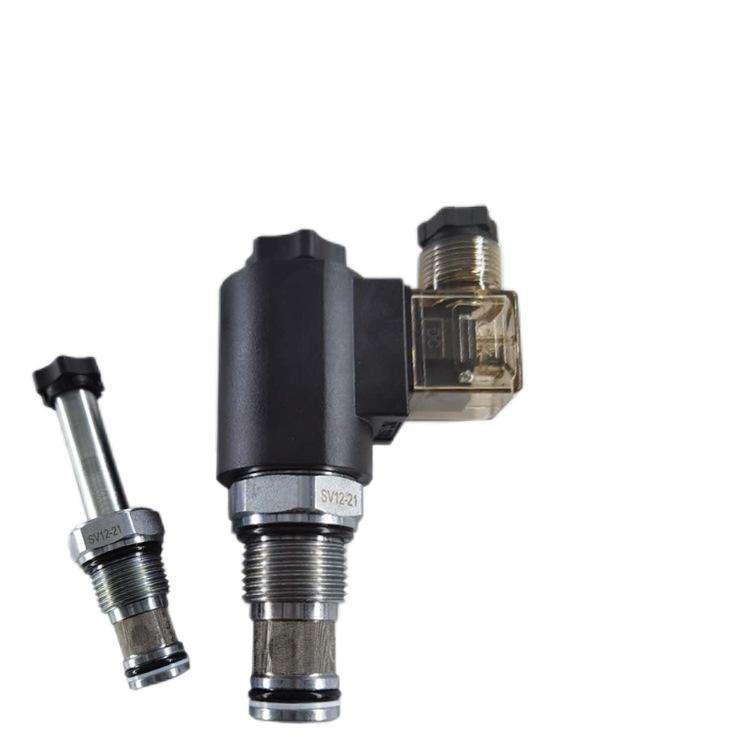Principle classification of pilot solenoid valve
Main types:
1 Direct-acting relief valve; 2 Pilot hydraulic valve; 3 High Pressure Solenoid Valve;
Principle of direct-acting solenoid valve: The solenoid valve is simple in structure and consists of coil, fixed core, moving core and cold body.
When the coil power supply is energized, the moving iron core attracts and the fluid circulates. When the power supply of the coil is cut off, the movable iron core is reset by the spring, and the fluid is cut off.
Scope of application: Direct-acting solenoid valve, as the main magnetic field, is generated when the movable core moves, so the coil power is limited and it is only suitable for small diameter or low pressure conditions.
Principle of pilot solenoid valve: When the coil is electrified with power supply, the movable iron core pulls the valve port, and the main valve plug releases pressure in the cavity. When the main valve plug is opened, the medium circulates due to pressure. Scope of application: The “four-to-two-kilogram” pilot solenoid valve is the reason, which is more suitable for the foundation of large caliber and high pressure conditions. But we must pay attention to the fact that the flow of fluid has a certain pressure. All kinds of pilot solenoid valves produced by our factory can be used normally only when the pressure medium requirement is greater than 0.03MPa.
High-pressure solenoid valve is an electromechanical device used to control the flow of liquid or gas. The valve is controlled by electric current, which is operated by a coil. When the coil is energized, a magnetic field is created, causing the plunger in the coil to move. Depending on the design of the valve, the plunger will open any solenoid valve to close the valve. When the current is removed from the coil, the valve will return to its closed state.
In the direct-acting solenoid valve, the plunger directly opens and closes the throttle hole in the valve. In the pilot valve (also known as servo type), the plunger opens and closes a pilot hole. The pressure, which is dominated by the pilot hole, opens and closes the valve seal.
The most common solenoid valve has two ports: an inlet and an outlet. Advanced can have three or more ports. Some designs utilize manifold design. Solenoid valves make it possible to automate liquid and gas control. Modern solenoid valves provide fast operation, high reliability, long service life and compact design.
Post time: Jul-10-2023


